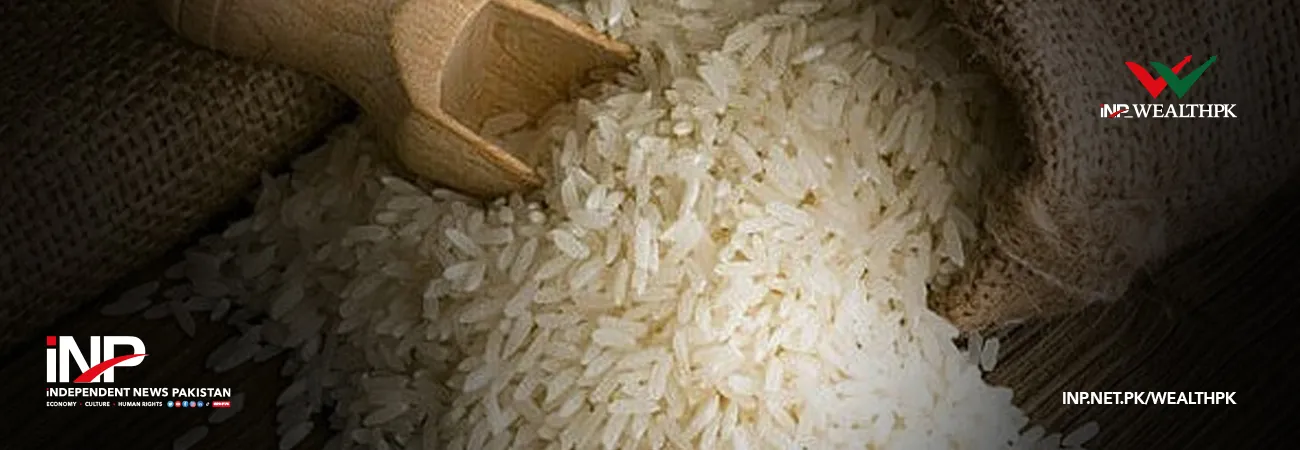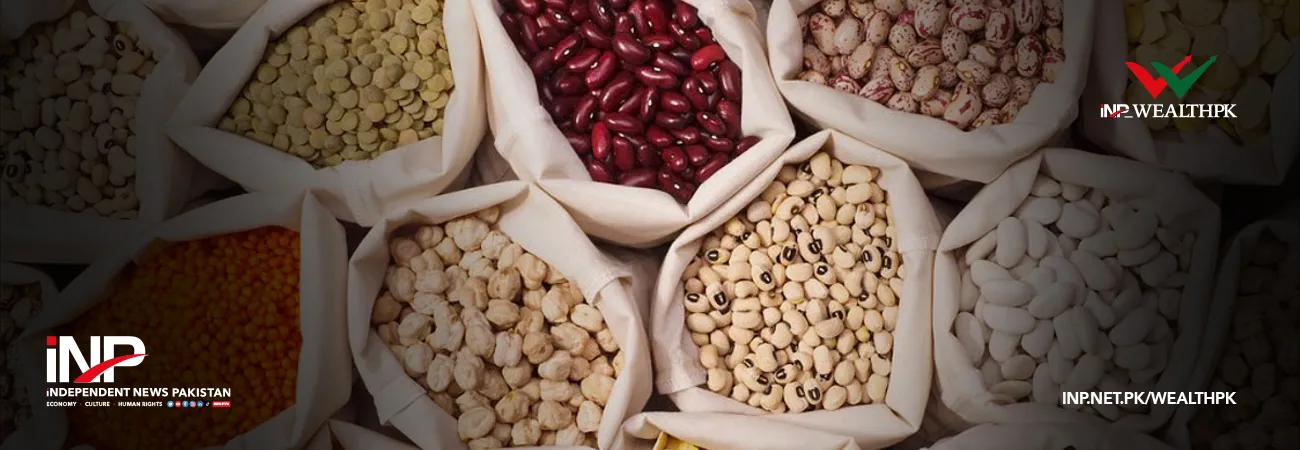INP-WealthPk
By Muhammad Mudassar ISLAMABAD, March 14 (INP-WealthPK): Pakistan plans to generate 8,800MW by end of 2030 and 40,000MW by 2050 from nuclear power, which will be one-fourth of the country’s total energy mix. The country plans to set up a total of 32 nuclear power plants by the middle of this century, which will ultimately enable it to switch to zero-carbon emission clean energy. Pakistan has a number of untapped sources of energy, and nuclear energy is one of them. According to Malik Amin Aslam, adviser to the prime minister on climate change, Pakistan intends to achieve zero-carbon emissions by 2050 by utilising all forms of renewable and low-carbon energy sources. “The government will utilise its wind, hydro, solar and nuclear energy resources to achieve the goals set by the Conference of Parties (COP26) held in Glasgow last year,” he explained. It is important to add here that the country currently has six nuclear power stations, including the 1,100MW-capacity Karachi Nuclear Power Plant Unit-3 (K-3), which has also been added to the national grid, thus significantly increasing the country’s nuclear power generating capacity. These units would help meet the electricity demand, which is around 25,000MW in the peak summer season and 12,000MW in the winter. Pakistan Atomic Energy Commission (PAEC), which operates the nuclear power plants (NPPs), announced that it had connected the 1,100MW K-3 to the national grid on a trial basis and its power generating capacity would be enhanced gradually. It said that two to four weeks will be required for the test-run before the plant is officially inaugurated. It is pertinent to mention here that K-3 is the second nuclear power plant after K-2 with a generation capacity of 1,100MW. The addition of more megawatts of nuclear energy to the national grid will help minimise the electricity tariff in the country. K-3 and K-2 Are located near Karachi. K-2 was inaugurated by Prime Minister Imran Khan in May last year. Earlier, the collective generation capacity of all PAEC-operated NPPs was over 2,400MWs, which has increased to 3,500MW with the addition of K-3, thus substantially improving the overall share of nuclear power in the energy mix. The nuclear power industry is regarded as a safe, reliable and economically competitive source of electricity with zero-carbon emissions. Pakistan’s current energy mix comprises about 58% fossil fuels, 30% hydropower and 10% renewables and nuclear power. However, the country has tremendous potential for producing renewable energy. Prime Minister Imran Khan has vowed that by 2030 Pakistan would produce 60% of its electricity from renewable sources. Though hydropower is included in the category of renewable energy all over the world, it is considered a separate category in Pakistan. Pakistan’s focus on generating nuclear power through peaceful application of nuclear technology is contributing to the advancement of the Sustainable Development Goals of the United Nations. The benefits of nuclear technology are diverse and can be found across many fields, including medicine, health, agriculture, industry, water resource management and power generation. Effective utilisation of nuclear technology is crucial for national development in order to keep pace with technological advancements across the globe.













